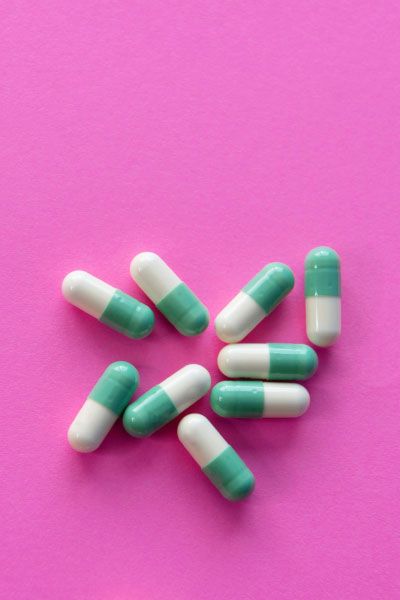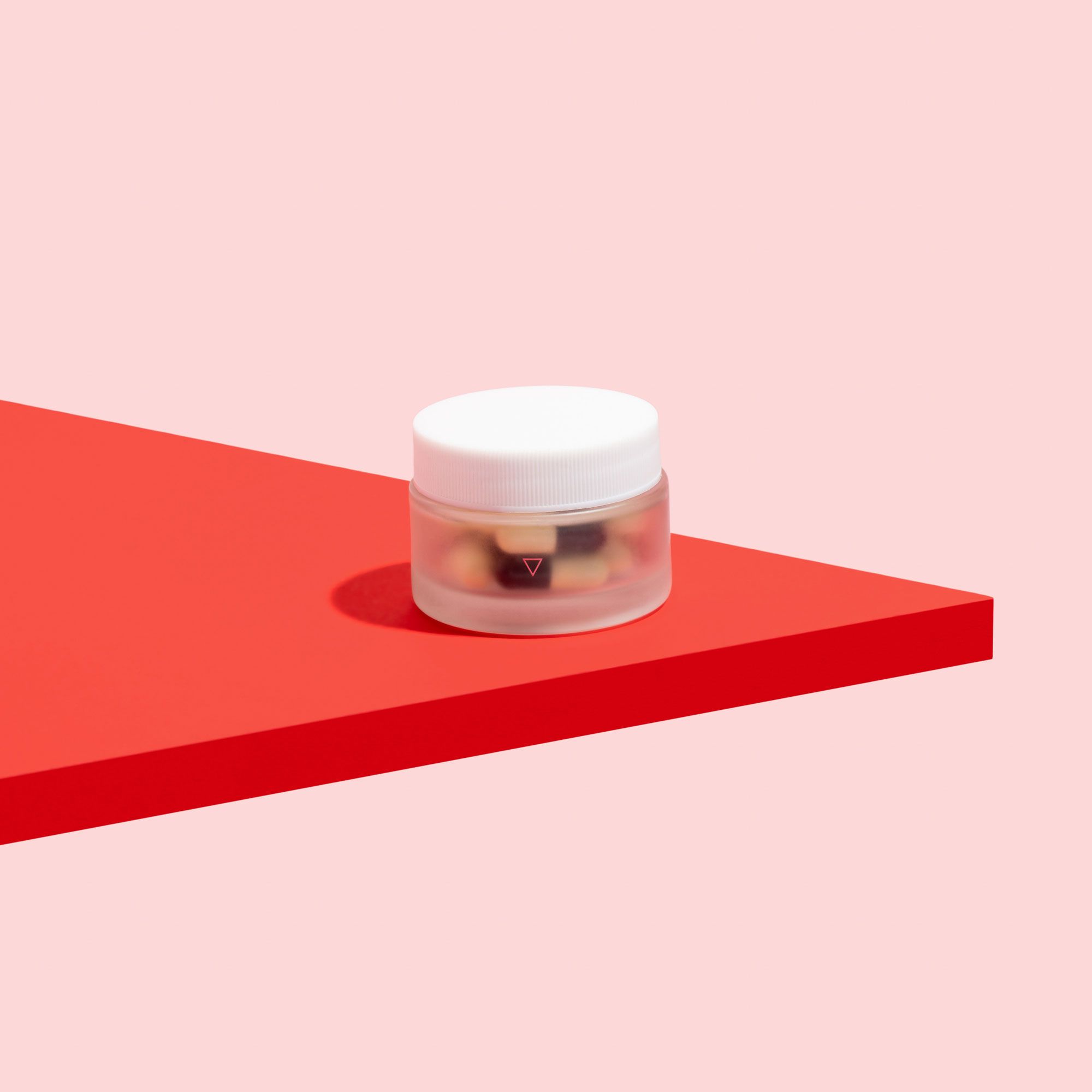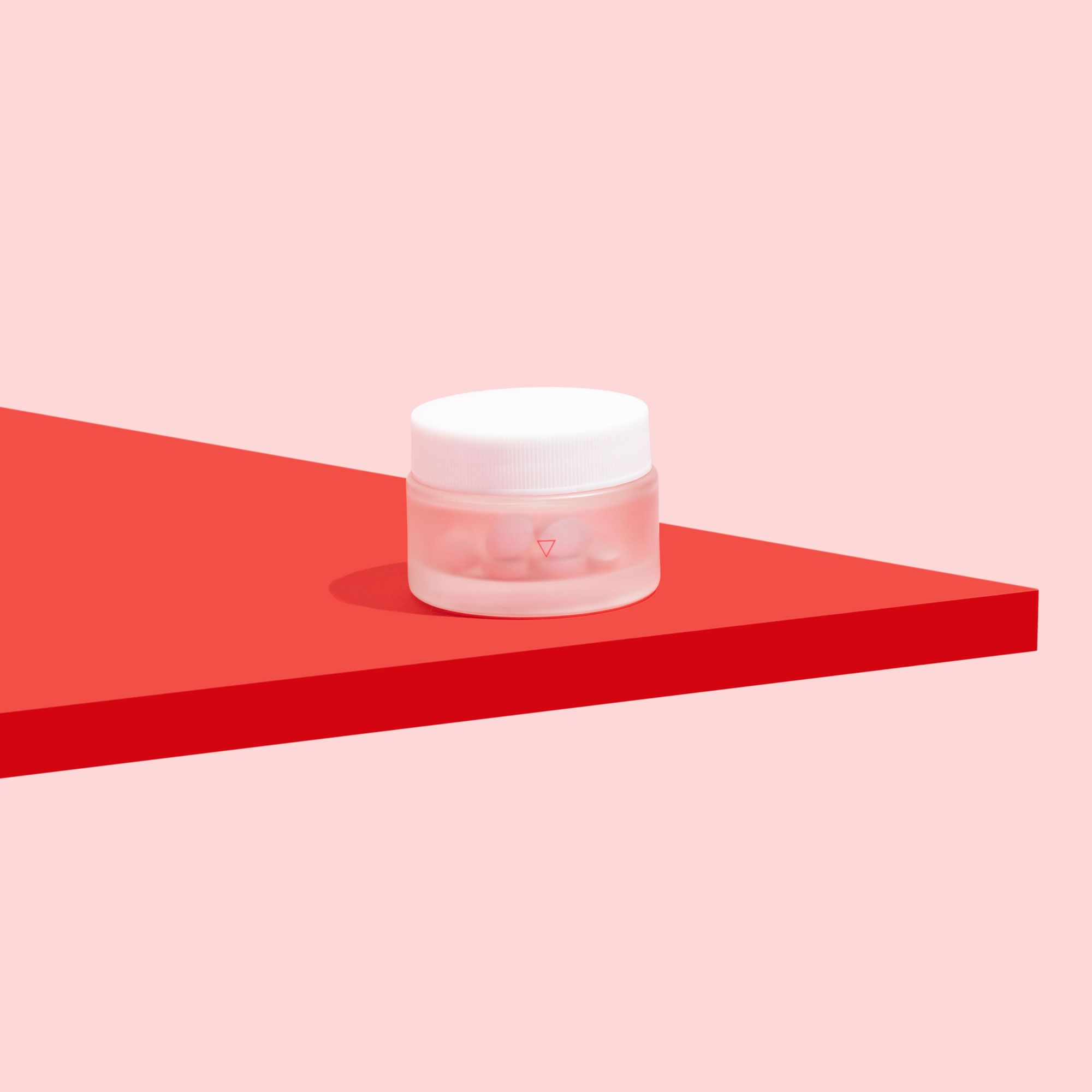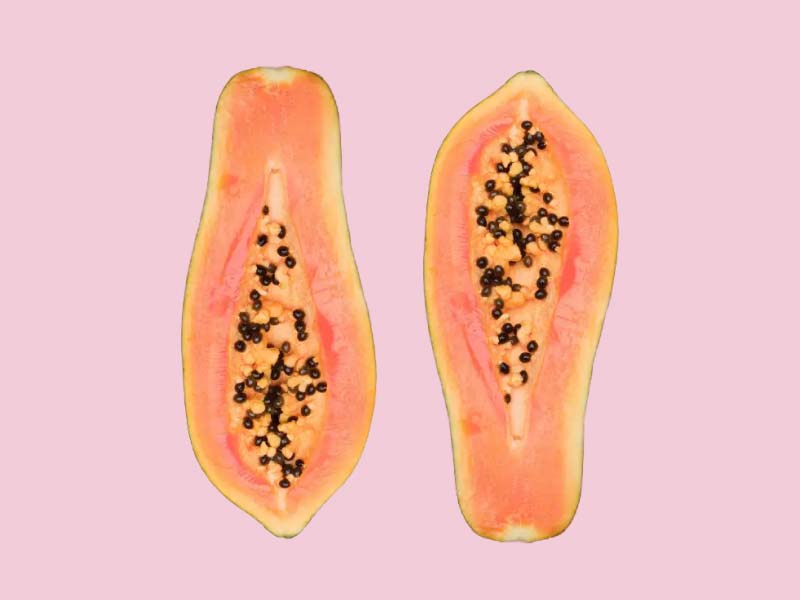
What is the Link Between a
Yeast Infection and a UTI?
Published on May 13, 2022
Updated on April 2, 2025
Written by Kathleen Morrison
Medically Reviewed by Andrea Sleeth WHNP-BC, MSCP
UTIs and yeast infections are both incredibly common infections that affect millions of patients with vaginas every year. If you feel you may have one or the other, or both (yes, it is possible to have both at the same time), then you need to know what to do for their treatment and avoidance.
UTIs (or urinary tract infections) and yeast infections (vaginal Candidiasis) are both super common conditions that can happen to anyone, and they are nothing to be embarrassed about. But learning as much as possible about the link between the two infections can help keep you healthier and happier.
The symptoms of each infection can overlap and include itching, redness, and discomfort while urinating. The causes of these conditions, as well as protective measures, may also be similar. The good news is that in both cases, they are easily treated by prescription medication. Especially when it comes to uncomfortable UTI symptoms, getting a UTI prescription from a medical provider as soon as possible can be a huge relief!
Wisp treatment options are available only after consultation with a licensed medical professional. You should consult with your healthcare provider before starting a new supplement or treatment regimen. Individual results may vary.
What Causes a Yeast Infection?
Yeast infections are some of the most common irritations that women deal with. A vaginal yeast infection is a nasty fungal infection that occurs when the healthy bacteria of the vaginal tissues are thrown off balance, allowing unhealthy bacteria to take over.
The vagina is typically a healthy environment and a place where bacteria and fungi can live in beneficial harmony.
One beneficial bacterium that thrives when conditions are right in the vagina is Lactobacilli. Lactobacilli suppress the growth of unwanted bacteria, but when the balance is disrupted, a yeast infection can occur. The balance of healthy bacteria can be upset by over-cleansing, certain toiletry products, spermicides, or poor hygiene.
There’s also some evidence that taking probiotics that include Lactobacilli can help maintain a healthy bacterial balance in the vagina.
What causes a UTI?
There are several reasons why bacteria might come to the urinary system and cause a UTI.
One reason may be hygiene practices. Peeing when you need to, wiping front to back, or peeing right after sex can all help to keep bacteria out of the urinary tract.
If you think you have a UTI, you may be able to get a UTI prescription before things get worse. Basic, uncomplicated bladder infections can easily travel into the kidneys if they aren’t treated right away—turning extra unpleasant fast.
How to Spot the Difference Between a UTI and a Yeast Infection
Yeast infections occur because of an overgrowth of fungus. On the other hand, UTIs are bacterial infections in the urinary tract.
There is itching, pain, and discharge from the yeast infection, whereas the UTI causes all sorts of general urinary discomfort. Treatment is typically a prescription antifungal medication for the yeast infection and antibiotics for the UTI.
Always see a doctor for appropriate diagnosis, advice, and treatment, and to get the proper UTI prescription antibiotics—a UTI treated with antifungals or a yeast infection treated with antibiotics will not solve either concern!
Overlapping symptoms of UTIs and Yeast Infections
It can be tricky to tell the difference between a UTI and a yeast infection since some of the symptoms overlap.
Both can cause discomfort during urination, urgency, and a feeling of pressure or irritation. However, yeast infections usually come with symptoms like itching, swelling, and unusual discharge, while UTIs are more likely to cause a burning sensation, cloudy urine, or lower abdominal pain.
If you're unsure, it's always a good idea to consult with a healthcare provider to get the right diagnosis and treatment.
Treatments for UTIs and Yeast Infections
Each infection requires different treatments, but both conditions can be treated effectively with the right care:
UTI treatments:
- Antibiotics prescribed by a doctor
- Over-the-counter pain relief medications for UTI discomfort (like urinary analgesics)
- Drinking plenty of fluids to help flush out bacteria
Yeast Infection treatments:
- Mild yeast infections may clear up on their own if you're lucky
- For more severe yeast infections that you just can't kick, your doctor might recommend prescription antifungal creams, prescription anti-itch creams, or over-the-counter suppositories
- Oral antifungal medications (like fluconazole), which are prescribed by a doctor
- Probiotic supplements to help restore healthy bacteria balance
Remember, if you’re prescribed antibiotics for a UTI and are prone to yeast infections, your doctor may recommend antifungal medication to avoid developing a yeast infection.
These statements have not been evaluated by the Food and Drug Administration. This product is not intended to diagnose, treat, cure, or prevent any disease.
Can a UTI Cause a Yeast Infection?
Yeast infections do not cause UTIs, and UTIs do not lead to yeast infections. But—there is a but—there is a link between the two infections.
The UTI itself is never the culprit, but treating a UTI with antibiotics may lead to a yeast infection (we can't win, can we?).
This is because antibiotics will kill the good bacteria in the vagina, too, causing the type of imbalance that leads to yeast infections.
If you’re prone to yeast infections, you can ask your doctor to prescribe an antifungal with any antibiotics in order to help you dodge a yeast infection on top of your existing suffering.
But can a yeast infection cause a UTI? Also no, but they can occur concurrently—yuck.
Can you have a UTI and a Yeast Infection at the same time?
Unfortunately, yes—it’s possible (and incredibly frustrating) to deal with both a UTI and a yeast infection at once. While they’re caused by different things, they can sometimes show up together, making it tricky to figure out exactly what’s going on.
UTIs happen when bacteria enter the urinary tract, leading to burning, urgency, and discomfort when you pee. Yeast infections, on the other hand, are caused by an overgrowth of Candida fungus in the vagina, leading to itching, irritation, and thick discharge.
One reason these infections can overlap is that antibiotics used to treat a UTI may disrupt the natural balance of vaginal bacteria, creating the perfect environment for yeast to thrive.
If you’re dealing with symptoms of both, it’s best to check in with a healthcare provider to make sure you’re getting the right treatment for each.
Getting to Grips with Infections
While UTIs and yeast infections are different, they can sometimes show up at the same time—making an already uncomfortable situation even worse.
Understanding the connection between them can help you take charge of your urinary and vaginal health, whether that means talking to a provider about treatment options or finding ways to support your body’s natural balance.
If you're dealing with symptoms of a UTI, yeast infection, or both, getting fast, effective treatment is key. With Wisp, you can connect with a licensed provider online and get the prescriptions you need—without the hassle of an in-person visit.
Frequently Asked Questions (FAQ):
Will a yeast infection cause a positive UTI test?
No, yeast infections don’t show up on standard UTI tests, which look for bacteria. A yeast infection is caused by fungi, not bacteria, so it requires a different type of test.
What are the symptoms of a Candida UTI?
Candida UTIs can cause burning or painful urination, frequent urination with little output, cloudy or smelly urine, lower abdominal or pelvic pain, and fatigue. It’s best to see a healthcare provider for a proper diagnosis and antifungal treatment.
Can a yeast infection turn into a kidney infection?
While rare, if a Candida UTI is left untreated, it could spread to the kidneys. Seek medical attention if you experience back pain, fever, or chills.
What does yeast in urine look like?
Yeast in urine usually doesn’t change its appearance but may cause cloudy or smelly urine. A lab test can detect yeast in the urine if you have a Candida UTI.
This blog post is for informational and educational purposes only and should not be taken as professional advice. Always consult with a qualified professional before making any decisions based on the information provided here.

UTI Antibiotics Online Prescription
Prescription antibiotics used to prevent & treat Urinary Tract Infections.
Starting at $65.00
Get Started
Diflucan, Generic Fluconazole (Yeast Antifungals)
Prescription antifungals used to treat vaginal yeast infections
Starting at $45.00
Get Started

